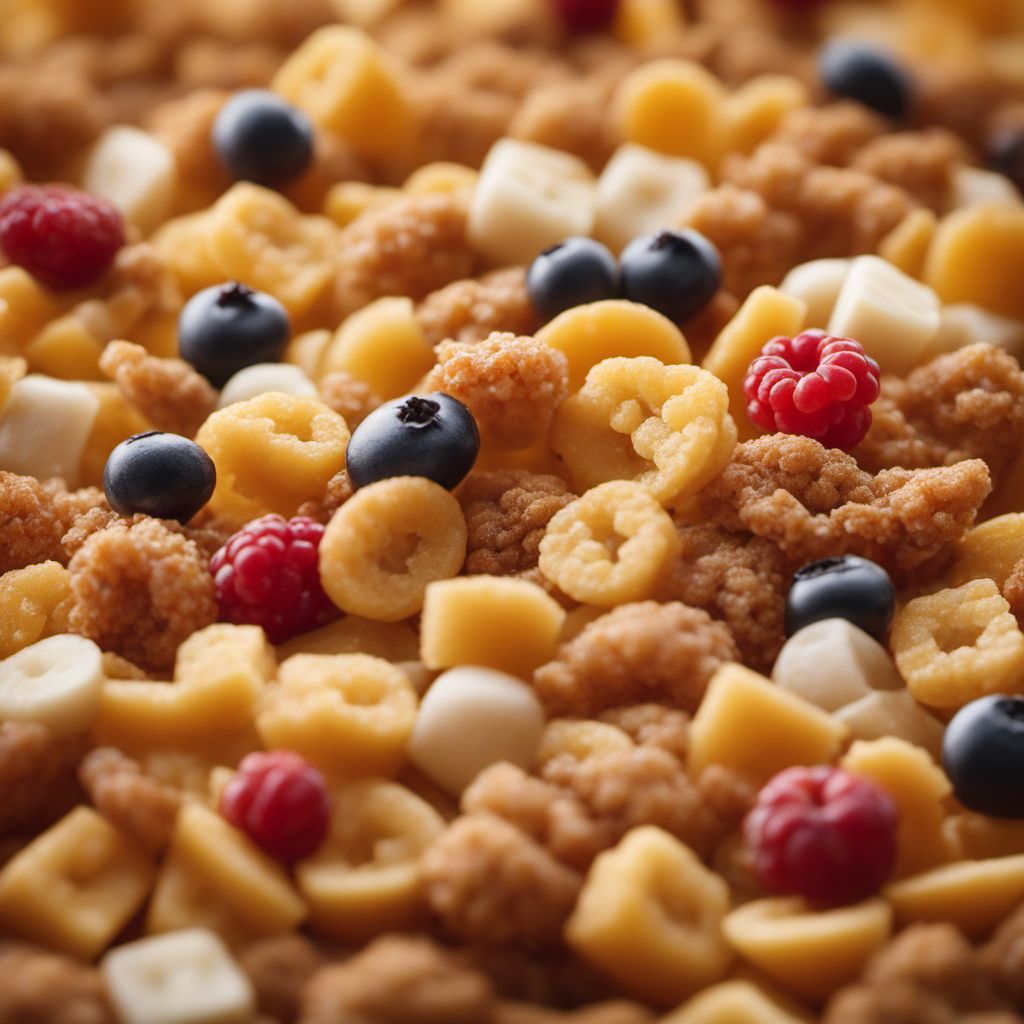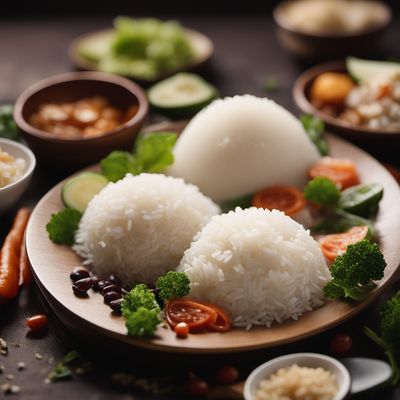
Ingredient
Cereal based dishes (other than pasta and rice)
Beyond the Bowl: Exploring Cereal Based Dishes
Cereal based dishes are characterized by the use of grains such as wheat, oats, rice, barley, or corn. These grains can be cooked in various ways, resulting in different textures and consistencies. Some dishes, like risotto or paella, feature grains that are cooked to a creamy, tender perfection, while others, like granola or muesli, showcase grains that are toasted or baked for a crunchy texture. The possibilities are endless when it comes to creating cereal based dishes.
Origins and history
The consumption of cereal based dishes dates back thousands of years and is deeply intertwined with human history. Grains have been a staple food in many cultures, providing sustenance and nourishment. From ancient civilizations like the Egyptians and Mesopotamians to modern-day societies, cereal based dishes have played a vital role in culinary traditions around the world.
Nutritional information
Cereal based dishes are often rich in carbohydrates, fiber, and essential nutrients. They provide energy and can contribute to a balanced diet. The nutritional content varies depending on the specific grains and ingredients used in the dish. Whole grains, such as brown rice or quinoa, offer more fiber and nutrients compared to refined grains.
Allergens
Cereal based dishes may contain allergens such as gluten, particularly if they are made with wheat, barley, or rye. Individuals with gluten sensitivities or celiac disease should opt for gluten-free grains like rice, corn, or quinoa. It's important to read labels and choose products that are certified gluten-free if necessary.
How to select
When selecting grains for cereal based dishes, it's important to choose high-quality products. Look for grains that are free from any signs of moisture, insects, or damage. Opt for whole grains whenever possible, as they retain more nutrients and fiber compared to refined grains. Additionally, consider purchasing from reputable brands or local farmers to support sustainable and responsible farming practices.
Storage recommendations
To maintain the freshness and quality of grains, it's important to store them properly. Grains should be stored in airtight containers in a cool, dry place away from direct sunlight. This helps prevent moisture and pests from affecting the grains. It's also recommended to label the containers with the purchase date to ensure freshness.
How to produce
Producing grains for cereal based dishes can be done on a small scale at home, particularly for grains like quinoa or amaranth. However, large-scale production requires specialized equipment and knowledge. It's best to leave commercial grain production to farmers and agricultural experts.
Preparation tips
Cereal based dishes can be prepared using various cooking methods such as boiling, steaming, baking, or frying. Each grain requires specific cooking techniques and ratios of liquid to grain. It's important to follow the instructions on the packaging or refer to reliable recipes for best results. Additionally, consider experimenting with different flavor combinations and toppings to elevate the dish.
Culinary uses
Cereal based dishes are incredibly versatile and can be found in cuisines around the world. They can be used as a base for soups, stews, or salads, or served as a side dish alongside proteins or vegetables. Grains like couscous or bulgur are commonly used in Middle Eastern and Mediterranean cuisines, while cornmeal is a staple in Latin American dishes like polenta or arepas. Cereal based dishes offer endless possibilities for both sweet and savory creations.
Availability
Cereal based dishes are widely available in grocery stores, supermarkets, and specialty food stores worldwide. The availability of specific grains may vary depending on the region and cultural preferences. However, most commonly used grains like rice, oats, and wheat are readily available in various forms.



